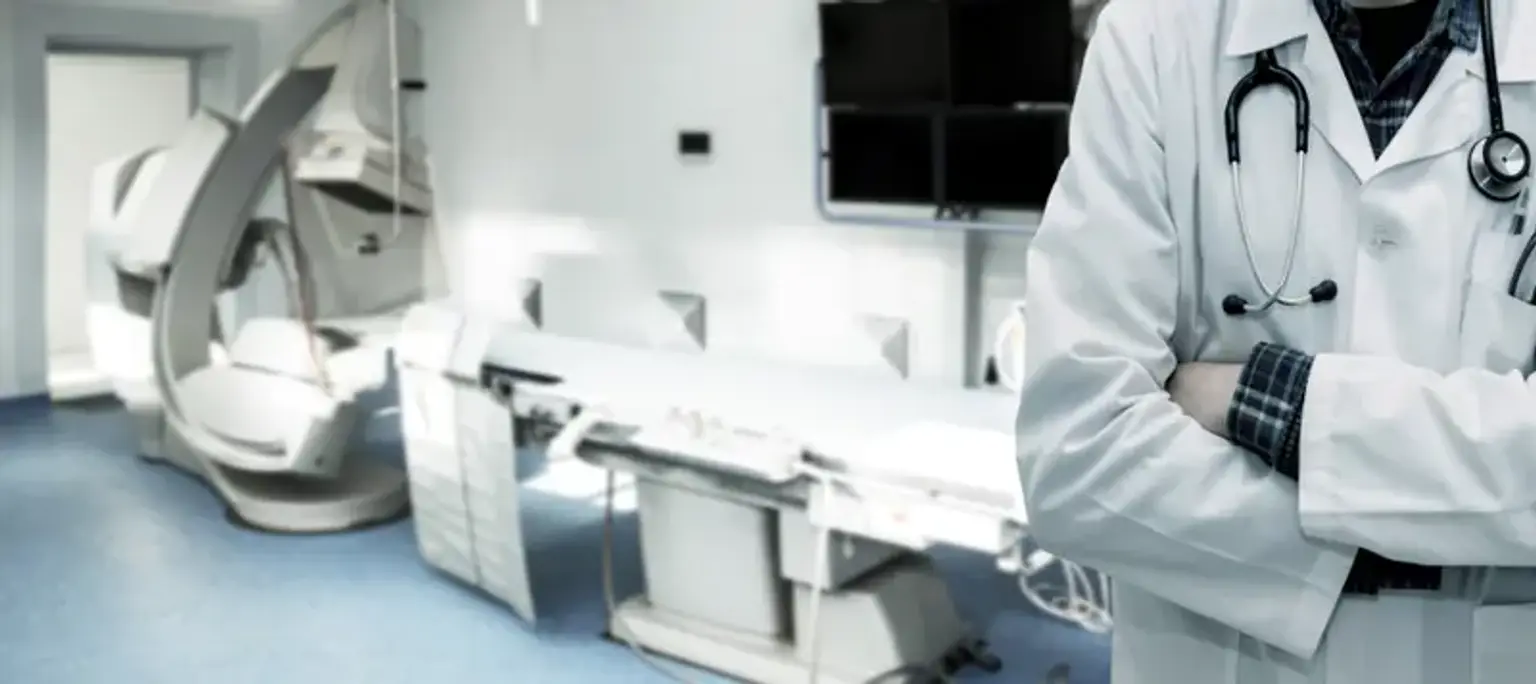Hybrid Atrial Fibrillation Ablation
Up to 5% of the general population is affected by atrial fibrillation (AF), a difficult condition that can lead to life-threatening complications such as embolic stroke and tachycardia-induced cardiomyopathy. Anticoagulation and antiarrhythmic drugs (AADs) are used in the initial care. Some individuals may be candidates for catheter-based ablation; however, they are vulnerable to recurrent AF. Patients undergoing concurrent heart surgery typically have open surgical ablative treatments done. There is growing support for using novel energy sources to undertake Cox-maze III lesion set variations in the context of lone AF. Researchers have developed a Cox-maze III-like lesion set without the requirement for a sternotomy or cardiopulmonary bypass using a hybrid thoracoscopic-epicardial and catheter-based endocardial method. This method also makes it easier to exclude the left atrial appendage, which offers some protection against embolic events in the case that atrial arrhythmias recur.
